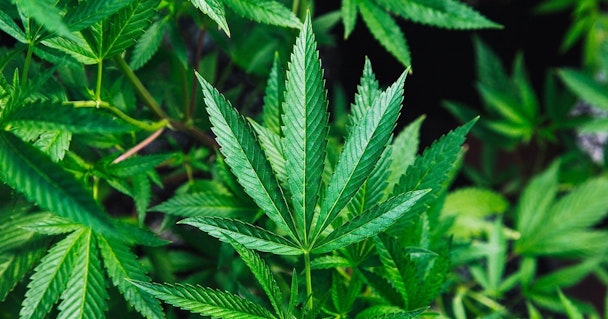It’s time for Facebook and YouTube to alter their cannabis ad policies
As the legal cannabis market swells, marketing dollars are up for grabs. But the unfortunate truth is that these advertisers are hard-pressed to find platforms and partners willing to take their money. It remains a tremendous challenge for marijuana advertisers — whether recreational or medical — to promote their products and services across most major properties. Good Apple’s Emmy Clarke explains where we are and what’s next.

Cannabis marketers have high hopes for looser ad policies on Facebook and Google
Facebook and Google have been steadfast in upholding core ad policies that prohibit the promotion of illegal substances and recreational drugs. Marijuana is being lumped into this category despite the nuances that exist (legality in certain states, medicinal/prescribed cannabis or cannabis derivatives, etc).
As ad experts in similarly regulated fields (and with equally deep pockets) — such as alcohol, pharma and healthcare — know, something has got to give. Persistence, education and persuasion can gradually break down these barriers and encourage ad policy shifts over time, especially for players like Facebook who rely on their ad business as a core revenue driver. The path forward is apparent, even if it’s a long game.
Around 2018, Facebook began to slacken its zero-tolerance policy for marijuana retailers and brands. It allowed them more opportunities to promote their businesses using organic pages and posting, and permitted said pages to appear in search results. From then on, insiders at the company have gone back and forth in trying to decide whether or not to update ad policies accordingly.
While the fact remains that brands cannot directly promote the sale of cannabis in ads, Facebook is now allowing the promotion of non-ingestible hemp products. Ads can drive consumers to informational articles about CBD and hemp, as well as to retail sites and product listings that happen to include non-ingestible CBD and hemp.
While the laundry list of non-permissible products and positioning is long, these small changes in policy may indicate Facebook’s intent to adjust policies as legalization sets in across the US. In a similar vein, Google recently — and quietly — adjusted its policies to allow YouTubers to monetize content that may feature mentions or depictions of recreational marijuana. All are subtle signs of progress for CBD and marijuana advertisers.
When (and how) are policy changes going to take effect?
This year is set to tip the scales in terms of accessibility and legality nationwide. Even so, we don’t expect ad policy changeovers to take effect until late 2021 at the earliest. When these changes do begin to happen, we’d expect a similar level of red tape and restrictions that pharmaceutical advertisers are met with on the platform, with certain geo-considerations factored in as well, depending on the user’s location.
Changes can only happen if cannabis advertisers remain vocal with the Facebooks and YouTubes of the world about their investment thresholds and eagerness to activate. Advertisers are also encouraged to regularly educate their contacts at these companies and at larger regulatory bodies like the FDA — the more they become involved with internal ad policy teams, the better. As the noise from eager advertisers builds and pressure mounts, the barriers will lower. It’s only a matter of time.
How can hopeful cannabis advertisers prepare?
While timing may be unclear, there are things brands can do in the near term to prepare for that green light.
Refine your brand’s social voice and image ahead of time. Now’s the time to establish an organic presence across key social platforms like Facebook and Instagram. Testing and learning on owned channels will allow brands to get ahead of the curve and understand what messaging and content resonates with target audiences, for when the time comes to launch ads.
Cultivate first party data. With the impending death of the cookie and the new privacy implications iOS 14, we’re moving into a new era of audience-based targeting and attribution. Owned data is imperative to any successful paid ad strategy, and cannabis advertising is no different. Brands should focus on this in the next six-plus months so they can strike when the iron’s hot, as ad policy changes begin to set in.
Get the launch plan ready. Brands should definitely begin to run through the launch checklist so that campaigns are easier to activate when the time comes. This means building that Facebook Business Manager for your brand to connect to your Facebook page and Instagram handle, placing the pixel on your site, verifying your website domain, and eventually tackling billing setup. These elements of launch can be nuanced and usually require some lead time to get in place.
Emmy Clarke is director of social media at Good Apple. For more, sign up for The Drum’s daily US email here.
